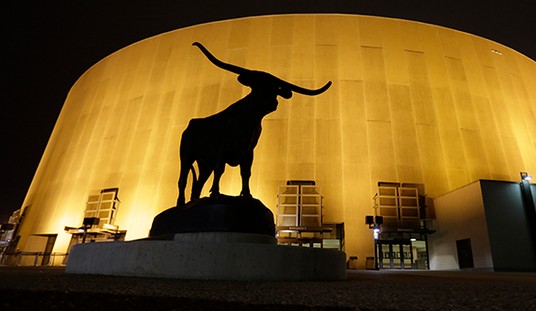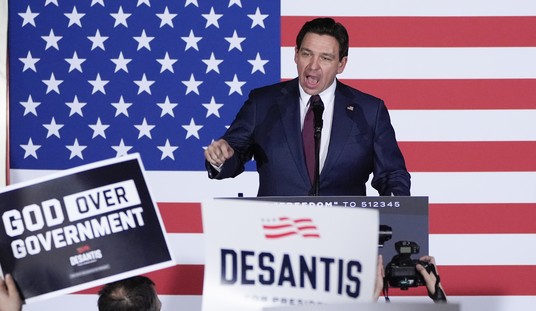Gigantic, top-down national bureaucracy continuously trying to do more things for more people, basically monopolizing government functions and hindering efficiency and innovation while accumulating monstrous amounts of debt? Bad idea.
Individual states controlling more of their own respective destinies and competing for residents, thereby driving efficiency and innovation in policy decisions and management? Smart idea.
It’s a shame (to say the least) that so much of what could get done via federalism in the United States has instead been overtaken by the clutches of the federal government — an alternative that will appear especially poignant as we decide what to do with the abundant energy reserves recently made available through new technologies. Case in point, via USA Today:
What should be done with the nation’s new oil and gas riches?
One answer rapidly gaining popularity: Set some aside for future generations.
North Dakota voters created a Legacy Fund in 2010 and the state expects to have $1.3 billion tucked away by June 30. Utah voters approved a constitutional amendment Nov. 6 to require up to half of new energy revenue be set aside in the future. West Virginia legislators are considering a Future Fund to divert energy revenue into a trust fund. And the idea has been raised in Kentucky, Ohio, Pennsylvania and South Dakota. …
The Alaska Permanent Fund, which pays cash dividends to residents every year, is the most famous example of a giant savings account built from energy taxes and royalties. Created in 1975, it now has $42 billion. Other energy states — Montana, New Mexico, Texas and and Wyoming — have big trust funds, too. Alabama created one in 1985 after natural gas was found offshore. …
The Legacy Fund is exceeding all projections. It brought in $580 million in the first 12 months from 30% of the state’s oil and gas revenue. …
The oil industry in new energy states has been skeptical of permanent funds, fearing higher taxes. Ohio Gov. John Kasich, a Republican, wants higher oil and gas taxes to fund an income tax cut rather than a permanent fund.
America is sittin’ pretty on top of enough energy reserves to self-sufficiently supply our own fuel needs for decades to come — and in places where state governments are allowing companies to tap into those reserves beneath the land under state control, we’re already watching the regional economies go bananas, with job creation and economic growth galore. Whether states decide to allow more energy development, and however they choose to regulate it, and whatever they decide to do with the extra revenue — they can pick a path for themselves on a smaller scale than the federal government dictating a single top-down solution, meaning that we can contrast examples of success and failure in real time. The Obama administration has made it clear that they intend to keep a solid chunk of America’s energy potential on permitting lockdown while continuing to pour taxpayer dollars into the politically-profitable green-energy “investments” of their choice, but individual states’ choices and management of their resources is going to offer a highly visible and stark contrast to what the federal government is imposing on everyone. Just something to consider as the energy boom (or self-imposed bust, as the case may be) unfolds.








Join the conversation as a VIP Member